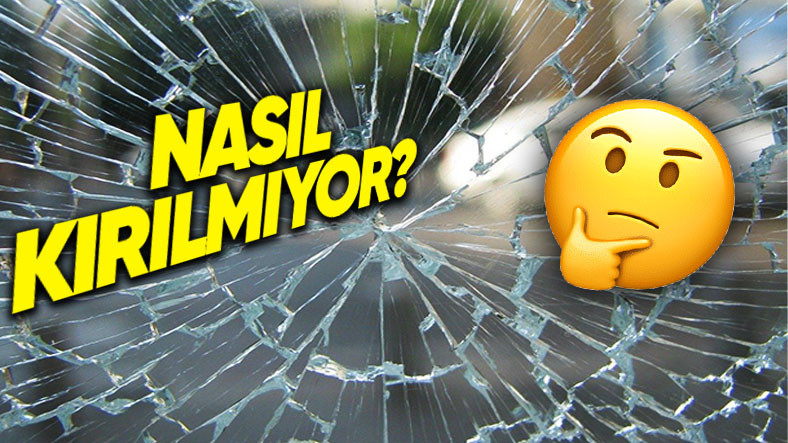Who could have first thought of this and how? ‘an unbreakable glass’ produce?
By the way, how was such an invention possible? Even though you might think that this technology is only possible today, it is really so It dates back a century!
At the beginning of the 20th century, French chemist Edouard Benedictus developed an innovation to increase the durability of glass.

It is something we use in many parts of our daily lives. material: glassIt was invented in 1903 when Benedict developed the first example of laminated safety glass by adding a plastic material called celluloid between the layers of glass. This discovery was a turning point in the use of glass for safety purposes.
Benedict’s inventionThe goal was to eliminate the fragility of glass and make it bulletproof. Celluloid layers added to the internal structure of the glass prevent the glass from shattering, making it a stronger and safer material.
What are the developments today?

Today bulletproof glassIt is generally produced using a plastic material called polyvinyl butyral (PVB). PVB is available in thin plastic sheets that are placed between glass panes.
These layers ensure that the glass has greater durability. During the production process, glass and PVB panels are heated at high temperatures and the plastic layers stick to the glass, causing the layers to come together. This process increases the strength of the glass and makes it resistant to external factors such as impact and bullets.
Although the thickness of bulletproof glass varies depending on the purpose of use, it is typically 10 cm.
More than one glass and Finding the PVB layerincreases the glass’s ability to absorb impact energy. So what makes it so durable?
Normal glass does not have the ability to absorb the energy of bullets. Therefore, when a bullet hits the glass glass often breaks and the bullet continues to move forward without any significant loss of momentum upon impact. However, the shatterproof glass design does not prevent the bullet from shattering the glass; instead, plastic layers within the glass help to keep the glass under control.
PVB layers prevent the broken glass from shattering.
In this way, the bullet kinetic energy of glass and PVB layers It spreads out and is absorbed. This makes it difficult for the bullet to penetrate the glass and most of the kinetic energy is absorbed and held in place.
At work This invention by a French chemist Today, its use in almost every field is saving our lives.
Sources: McGill, Bullet Guard
Our other content that may interest you:
Follow Webtekno on X and don’t miss the news















